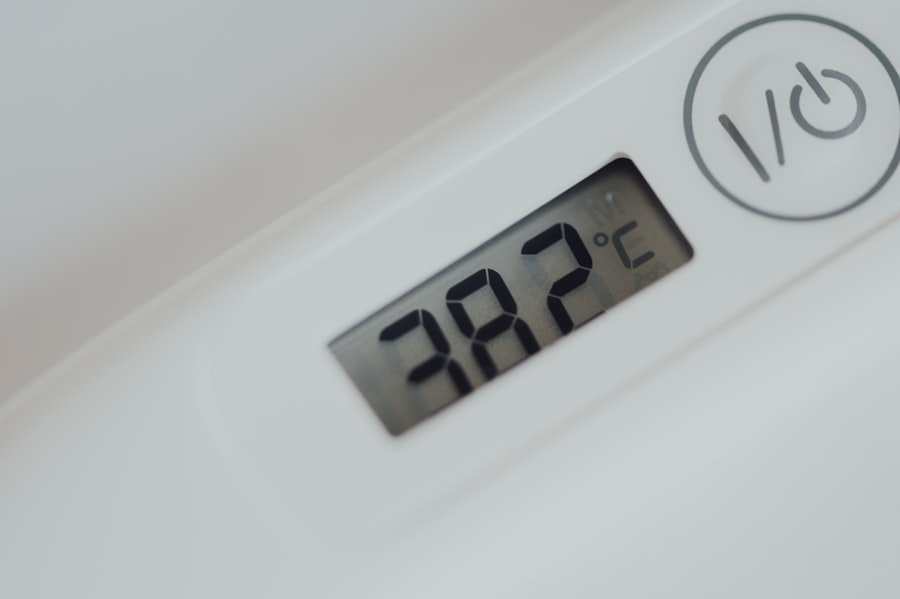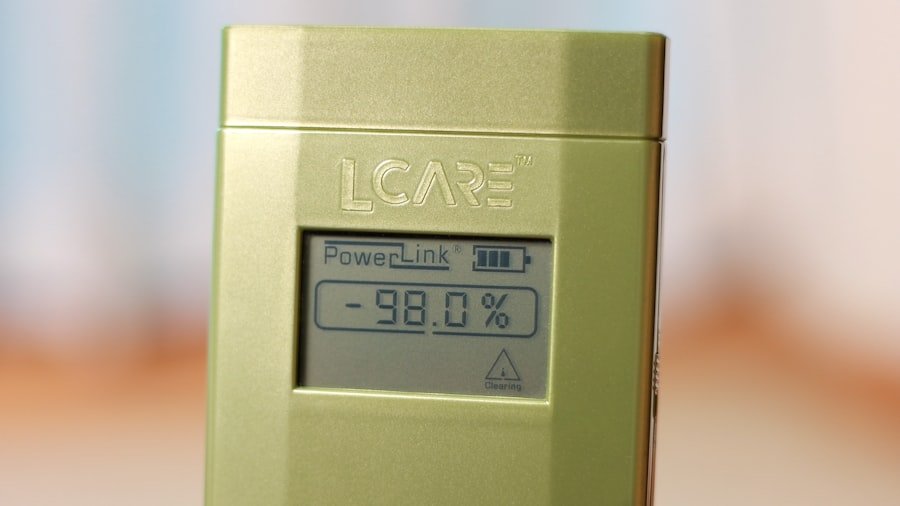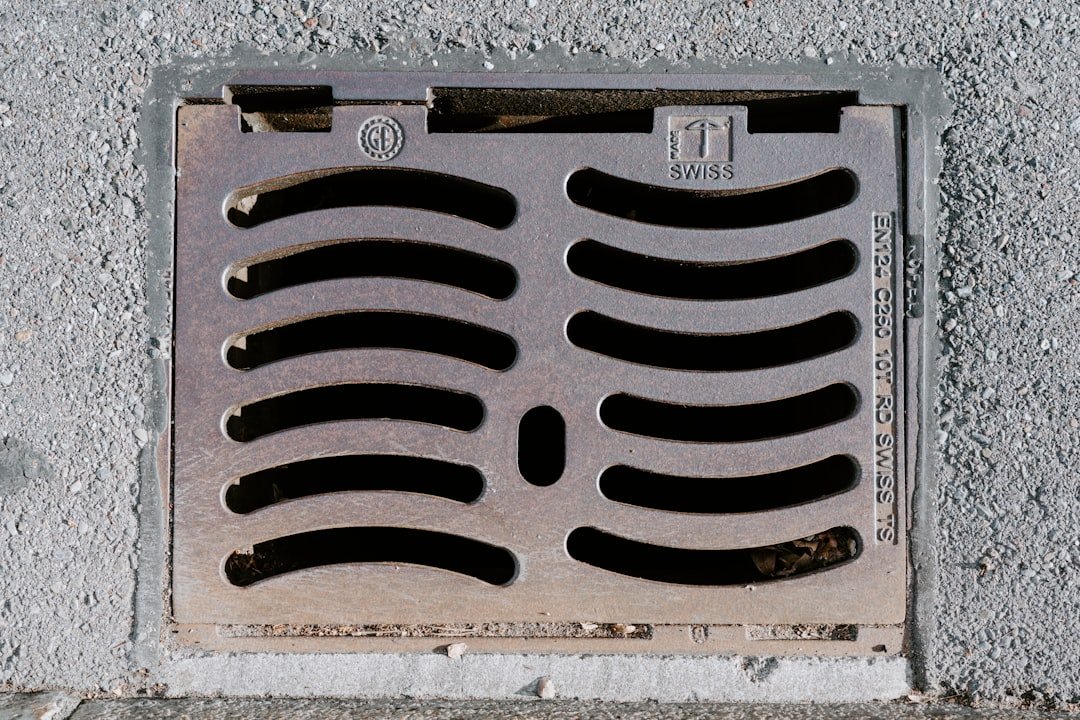Maintaining the correct radiator fluid level is crucial for the optimal performance of a vehicle’s cooling system. The radiator fluid, commonly known as coolant, plays a vital role in regulating engine temperature, preventing overheating, and ensuring that the engine operates efficiently. When the coolant level is too low, it can lead to severe engine damage, including warped cylinder heads or even complete engine failure.
Regularly checking the radiator fluid level helps to avoid these costly repairs and ensures that the vehicle runs smoothly. Moreover, the coolant also serves to protect the engine from corrosion and scale buildup. Over time, contaminants can accumulate in the cooling system, leading to blockages and reduced efficiency.
By monitoring the radiator fluid level and maintaining it within the recommended range, vehicle owners can help prolong the life of their engine and cooling system components. This proactive approach not only enhances performance but also contributes to better fuel efficiency, as an engine that runs cooler tends to consume less fuel.
Key Takeaways
- Checking radiator fluid level is important for maintaining the proper functioning of the vehicle’s cooling system and preventing overheating.
- The tools needed for checking radiator fluid level include a rag or paper towel, a flashlight, and a funnel (if topping up fluid is necessary).
- The radiator and coolant reservoir can typically be located under the hood of the vehicle, with the coolant reservoir being a translucent plastic container.
- Preparing the vehicle for checking radiator fluid level involves ensuring that the engine is cool and parked on a level surface.
- When checking the radiator fluid level, it is important to look for the “full” and “low” markings on the coolant reservoir and add or top up fluid as needed.
- Adding or topping up radiator fluid should be done with caution, using the appropriate type of coolant recommended for the vehicle.
- It is important to check for leaks or other issues such as discolored or contaminated fluid, which may indicate a problem with the cooling system.
- Understanding the different types of radiator fluid, such as ethylene glycol-based or propylene glycol-based, can help in choosing the right coolant for the vehicle.
- Tips for maintaining proper radiator fluid level include checking the level regularly, flushing and replacing the coolant as recommended, and keeping the cooling system clean.
- It is important to seek professional help if there are persistent issues with maintaining the radiator fluid level or if there are signs of a more serious cooling system problem.
- In conclusion, regular maintenance of the radiator fluid level is crucial for the overall health and performance of the vehicle’s cooling system.
Tools Needed for Checking Radiator Fluid Level
To check the radiator fluid level effectively, a few essential tools are required. First and foremost, a clean cloth or rag is necessary for wiping any spills or drips that may occur during the process. This helps maintain a clean working environment and prevents any contaminants from entering the cooling system.
Additionally, a funnel can be beneficial when adding coolant, as it minimizes spills and ensures that the fluid is directed precisely into the reservoir. A dipstick or a coolant level gauge can also be useful for those who want to measure the fluid level accurately. Some vehicles come equipped with a built-in coolant level indicator, but if not, a simple dipstick can provide a clear reading of the fluid level.
Lastly, safety gloves and goggles are recommended to protect against any potential splashes of coolant, which can be harmful if they come into contact with skin or eyes. Having these tools on hand makes the process of checking and maintaining radiator fluid levels more efficient and safe.
Locating the Radiator and Coolant Reservoir

Before checking the radiator fluid level, it is essential to know where to find both the radiator and the coolant reservoir in your vehicle. The radiator is typically located at the front of the engine bay, just behind the grille. It is a large metal component with a series of fins designed to dissipate heat from the coolant as it circulates through the engine.
The radiator is connected to various hoses that transport coolant to and from the engine. The coolant reservoir, on the other hand, is usually a translucent plastic tank located near the radiator or on one side of the engine bay. This reservoir serves as a storage container for excess coolant and allows for easy monitoring of fluid levels.
Most reservoirs have markings indicating “Full” and “Low” levels, making it straightforward to determine whether a top-up is necessary. Familiarizing oneself with these components is an essential step in ensuring proper maintenance of the vehicle’s cooling system.
Preparing the Vehicle for Checking Radiator Fluid Level
| Vehicle Component | Checking Procedure |
|---|---|
| Radiator Cap | Ensure the engine is cool, then remove the radiator cap and check the fluid level. |
| Radiator Overflow Tank | Check the fluid level in the overflow tank and add coolant if necessary. |
| Visual Inspection | Inspect for any leaks or signs of corrosion in the radiator and hoses. |
Before diving into checking the radiator fluid level, it is crucial to prepare the vehicle properly to ensure safety and accuracy. First, park the vehicle on a flat surface and turn off the engine. Allowing the engine to cool down is vital because opening a hot radiator cap can result in serious burns from steam or hot coolant.
It is advisable to wait at least 30 minutes after turning off the engine before proceeding with any checks. Once the vehicle has cooled down, it is essential to gather all necessary tools and materials in advance. This preparation minimizes unnecessary trips back and forth and allows for a more efficient process.
Additionally, wearing appropriate safety gear such as gloves and goggles can protect against any accidental splashes of coolant during inspection or when adding fluid. Taking these precautions ensures that checking the radiator fluid level is both safe and effective.
Checking the Radiator Fluid Level
To check the radiator fluid level accurately, start by locating the coolant reservoir. Most vehicles have a clear plastic tank with markings indicating minimum and maximum levels. If the coolant appears below the “Low” mark, it indicates that a top-up is necessary.
In some cases, it may be necessary to check the actual radiator itself by removing its cap; however, this should only be done when the engine is completely cool to avoid injury. When inspecting the coolant in both the reservoir and radiator, look for any discoloration or debris that may indicate contamination. Fresh coolant typically has a bright color—green, orange, or pink—depending on its formulation.
If you notice rust particles or a brownish hue, it may be time for a coolant flush to remove contaminants from the system. Regularly checking these levels not only helps maintain optimal engine temperature but also ensures that any potential issues are caught early before they escalate into more significant problems.
Adding or Topping Up Radiator Fluid

If you find that your radiator fluid level is low, adding or topping up coolant is a straightforward process that can be done at home with minimal effort. First, ensure that you have the correct type of coolant for your vehicle; this information can usually be found in the owner’s manual or on a label under the hood. It’s important to use a coolant that meets your vehicle’s specifications to avoid any compatibility issues.
To add coolant, first remove the cap from the coolant reservoir or radiator carefully—if you’re opening the radiator cap, make sure it’s cool to prevent any hot steam from escaping. Using a funnel can help direct the flow of coolant into the reservoir without spilling. Pour in enough coolant until it reaches just below the “Full” mark on the reservoir.
If you’re adding directly to the radiator, fill it until it reaches just below the neck of the filler neck. After adding coolant, securely replace the cap to prevent any leaks or evaporation.
Checking for Leaks or Other Issues
After topping up your radiator fluid, it’s essential to check for any leaks or other issues that may affect your vehicle’s cooling system. Start by inspecting all hoses connected to both the radiator and coolant reservoir for signs of wear or damage such as cracks or bulges. Pay close attention to hose clamps as well; if they appear loose or corroded, they may need tightening or replacement.
Additionally, examine the ground beneath your vehicle for any signs of leaking coolant—this could appear as bright green, orange, or pink puddles depending on your coolant type. If you notice any leaks, it’s crucial to address them promptly as they can lead to significant loss of coolant over time and potentially cause overheating issues while driving. If you suspect there are internal leaks within your engine or cooling system components such as a blown head gasket, seeking professional assistance is advisable.
Understanding the Different Types of Radiator Fluid
Radiator fluids come in various formulations designed for specific types of vehicles and climates. The most common types include ethylene glycol-based coolants and propylene glycol-based coolants. Ethylene glycol is widely used due to its excellent heat transfer properties and ability to prevent freezing in colder climates; however, it is toxic and should be handled with care.
Propylene glycol is considered less toxic and is often used in vehicles where safety is a concern, such as those transporting food products. Coolants are also categorized by their color and chemical composition—common colors include green, orange, red, and blue—each indicating different additives that provide protection against corrosion and scaling within the cooling system. For instance, orange coolants often contain organic acid technology (OAT) which offers extended life compared to traditional green coolants that may require more frequent changes.
Understanding these differences helps vehicle owners choose the right product for their specific needs while ensuring compatibility with their vehicle’s cooling system.
Tips for Maintaining Proper Radiator Fluid Level
To maintain proper radiator fluid levels consistently, several best practices can be adopted by vehicle owners. First and foremost, regular inspections should be part of routine maintenance—checking fluid levels every month or before long trips can help catch potential issues early on. Additionally, keeping an eye on temperature gauges while driving can alert drivers to overheating problems before they escalate.
Another effective tip is to flush and replace old coolant according to manufacturer recommendations—typically every two years or 30,000 miles—depending on driving conditions and climate factors. This practice helps remove contaminants that accumulate over time and ensures that fresh additives are present in the system for optimal performance. Furthermore, always use high-quality coolant that meets your vehicle’s specifications; this not only enhances performance but also protects against corrosion and scaling within critical components.
When to Seek Professional Help
While many aspects of checking and maintaining radiator fluid levels can be performed by vehicle owners themselves, there are instances when seeking professional help becomes necessary. If you notice persistent low coolant levels despite regular top-ups or if you detect unusual smells or sounds coming from your engine compartment, it may indicate underlying issues such as leaks or mechanical failures that require expert diagnosis. Additionally, if you experience overheating while driving or if your temperature gauge consistently reads higher than normal even after adding coolant, it’s crucial to consult with a qualified mechanic immediately.
These symptoms could point towards more serious problems such as a failing water pump or thermostat issues that need professional intervention to prevent further damage to your engine.
Importance of Regular Maintenance
Regular maintenance of your vehicle’s cooling system—including checking radiator fluid levels—is essential for ensuring long-term reliability and performance. By understanding how to check fluid levels properly, knowing what tools are needed, and being aware of potential issues such as leaks or contamination, vehicle owners can take proactive steps toward maintaining their engines effectively. This diligence not only helps prevent costly repairs but also contributes significantly to overall vehicle safety and efficiency on the road.
If you’re looking for more tips on home maintenance, you may want to check out this article on spring cleaning and choosing the right approach for your home. It offers valuable insights on how to keep your living space clean and organized.
FAQs
What is radiator fluid and why is it important to check its level?
Radiator fluid, also known as coolant, is a mixture of water and antifreeze that helps regulate the temperature of the engine. It is important to check the level of radiator fluid regularly to ensure that the engine does not overheat and to prevent damage to the vehicle.
How often should I check the radiator fluid level?
It is recommended to check the radiator fluid level at least once a month, especially before long trips or during extreme weather conditions.
How do I check the radiator fluid level?
To check the radiator fluid level, make sure the engine is cool, then locate the radiator and the coolant reservoir. The coolant reservoir is usually a translucent plastic tank with markings indicating the minimum and maximum levels. If the level is below the minimum mark, it is time to add more coolant.
What should I do if the radiator fluid level is low?
If the radiator fluid level is low, add a mixture of equal parts water and antifreeze to the coolant reservoir until it reaches the maximum level mark. Be sure to use the type of coolant recommended by the vehicle manufacturer.
What are the signs of low radiator fluid level?
Signs of low radiator fluid level include the engine overheating, the temperature gauge rising into the red zone, or a warning light on the dashboard. If any of these signs occur, it is important to check the radiator fluid level and top it up if necessary.

